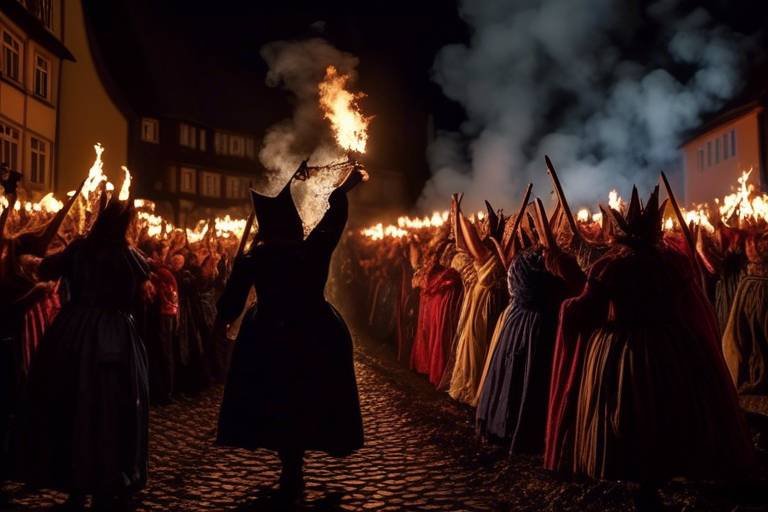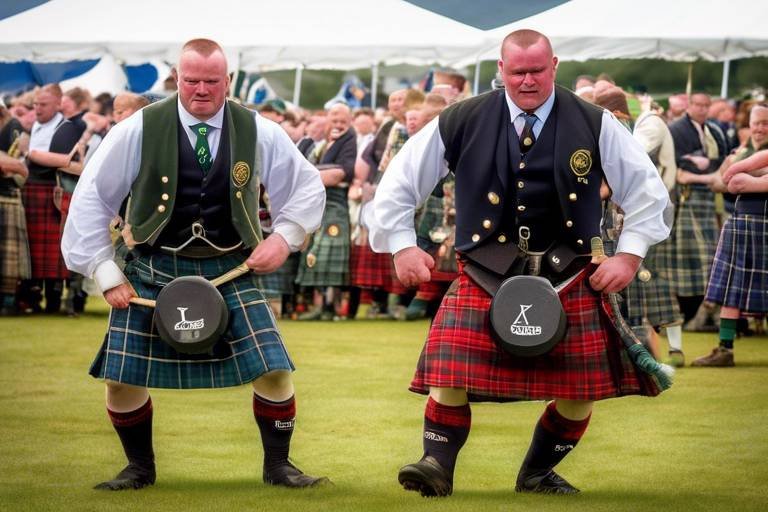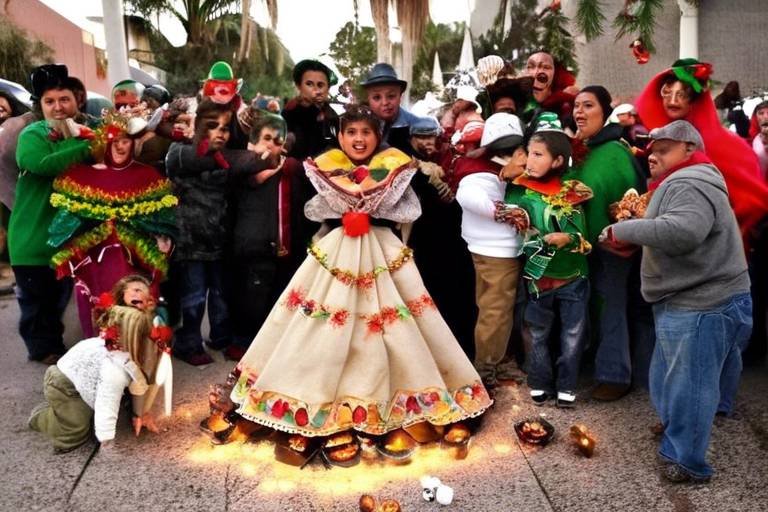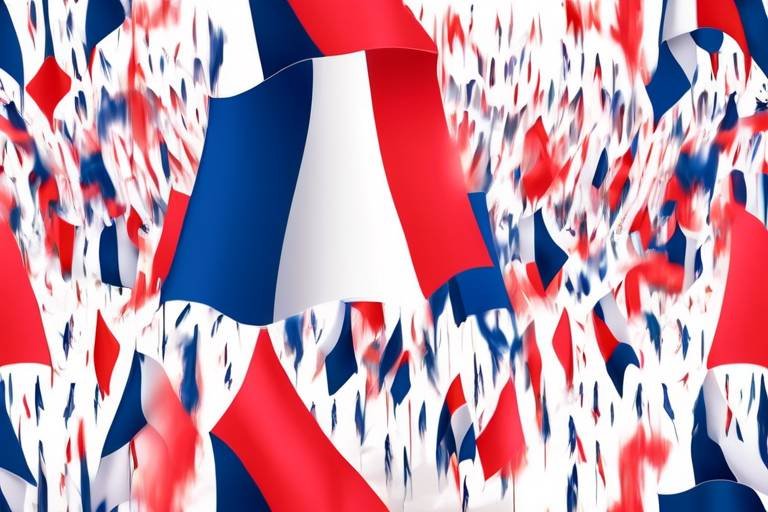Germany's Walpurgisnacht - A Night of Magic and Tradition
Germany's Walpurgisnacht, known as the Night of Magic and Tradition, is a mystical celebration deeply rooted in German folklore and history. This enchanting night unfolds on the eve of May Day, captivating both locals and visitors with its blend of ancient pagan rituals and modern festivities. It's a time when the veil between the mundane and the mystical is at its thinnest, inviting all to immerse themselves in a world of wonder and mystery.
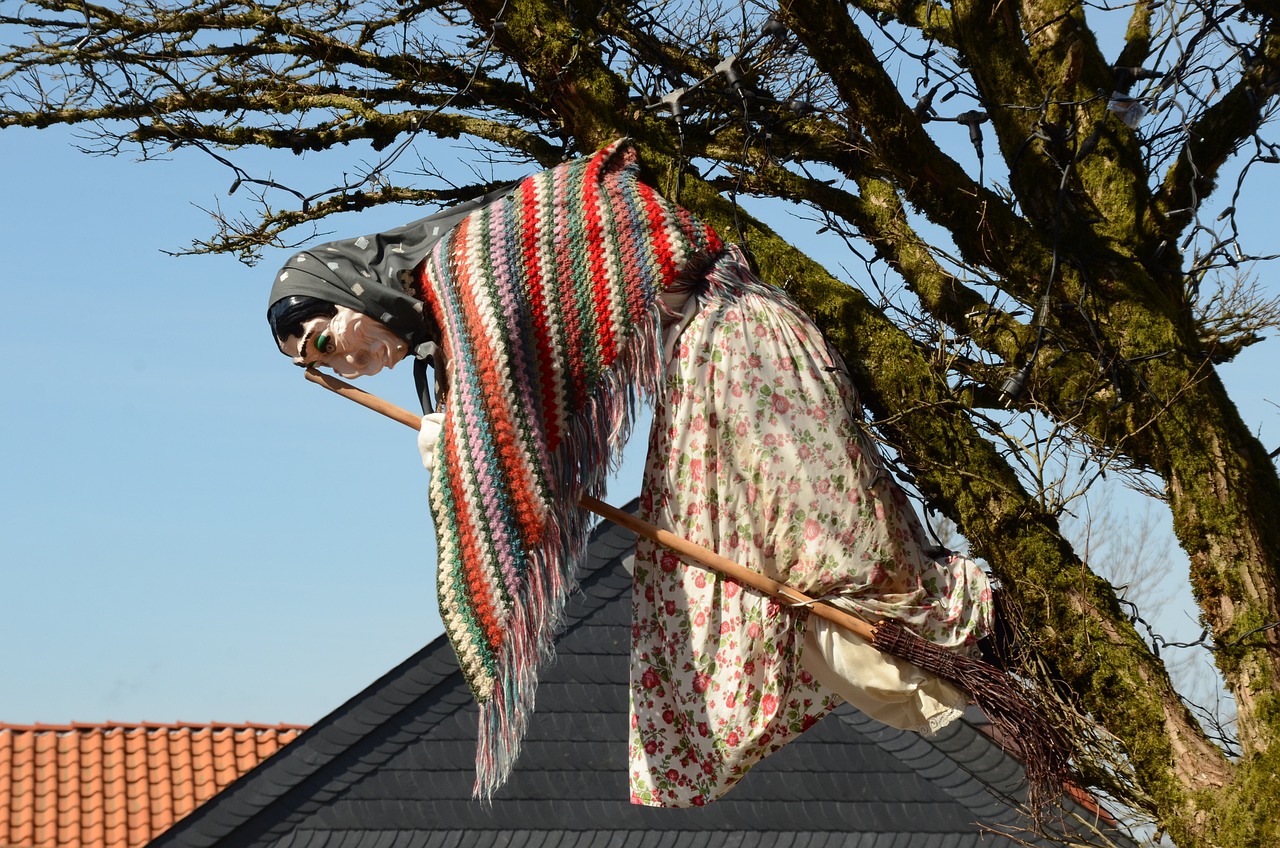
The Origins of Walpurgisnacht
Walpurgisnacht, also known as Walpurgis Night, is a mystical and traditional celebration deeply rooted in German history and folklore. This enchanting night takes place on the eve of May Day, combining ancient pagan rituals with modern festivities to create a magical atmosphere that captivates both locals and visitors alike.
The origins of Walpurgisnacht can be traced back to ancient Germanic traditions, where it was believed to be a time when witches gathered to revel and perform rituals. The celebration also bears the influence of Saint Walpurga, an English missionary who helped spread Christianity in Germany. This blending of pagan and Christian beliefs has contributed to the rich tapestry of customs and practices associated with Walpurgisnacht.
Throughout history, Walpurgisnacht has been a time of both fear and reverence, with people engaging in various rituals to ward off evil spirits and welcome the arrival of spring. Bonfires are lit to symbolize the triumph of light over darkness, while dancing and merrymaking are believed to bring good luck and prosperity. Gathering herbs on this night is thought to provide protection and ensure a bountiful harvest.
Regional variations of Walpurgisnacht can be found across Germany, each with its unique customs and folklore. From the Harz Mountains, where witches are said to gather on the Brocken peak, to the Baltic Sea, where bonfires light up the night sky, the diversity of celebrations highlights the deep connection between the people and the land.
Modern interpretations of Walpurgisnacht have seen the tradition evolve into a vibrant cultural event, with music festivals, costume parties, and theatrical performances adding a contemporary twist to ancient rituals. This blending of old and new reflects the enduring appeal of Walpurgisnacht and its ability to captivate audiences of all ages.
Walpurgisnacht's significance lies in its symbolism of transition and renewal. As winter gives way to spring, the night represents a time of rebirth and transformation, where the forces of light overcome the darkness of the past. This theme of renewal is echoed in the rituals and customs practiced during Walpurgisnacht, emphasizing the cyclical nature of life and the eternal struggle between light and shadow.
In modern times, the revival of Walpurgisnacht serves as a reminder of the importance of preserving cultural traditions and connecting with the past. By celebrating this ancient festival, communities come together to honor their heritage, nature, and the magic that surrounds them. The spirit of Walpurgisnacht lives on through the collective efforts to keep its traditions alive and pass them down to future generations.
Preserving the tradition of Walpurgisnacht is not just about upholding customs; it is about fostering a sense of community spirit and cultural identity. By participating in this magical night, people strengthen their bonds with one another and with the mystical aspects of German folklore. Through shared experiences and shared beliefs, the magic of Walpurgisnacht continues to weave its spell on those who embrace its traditions.
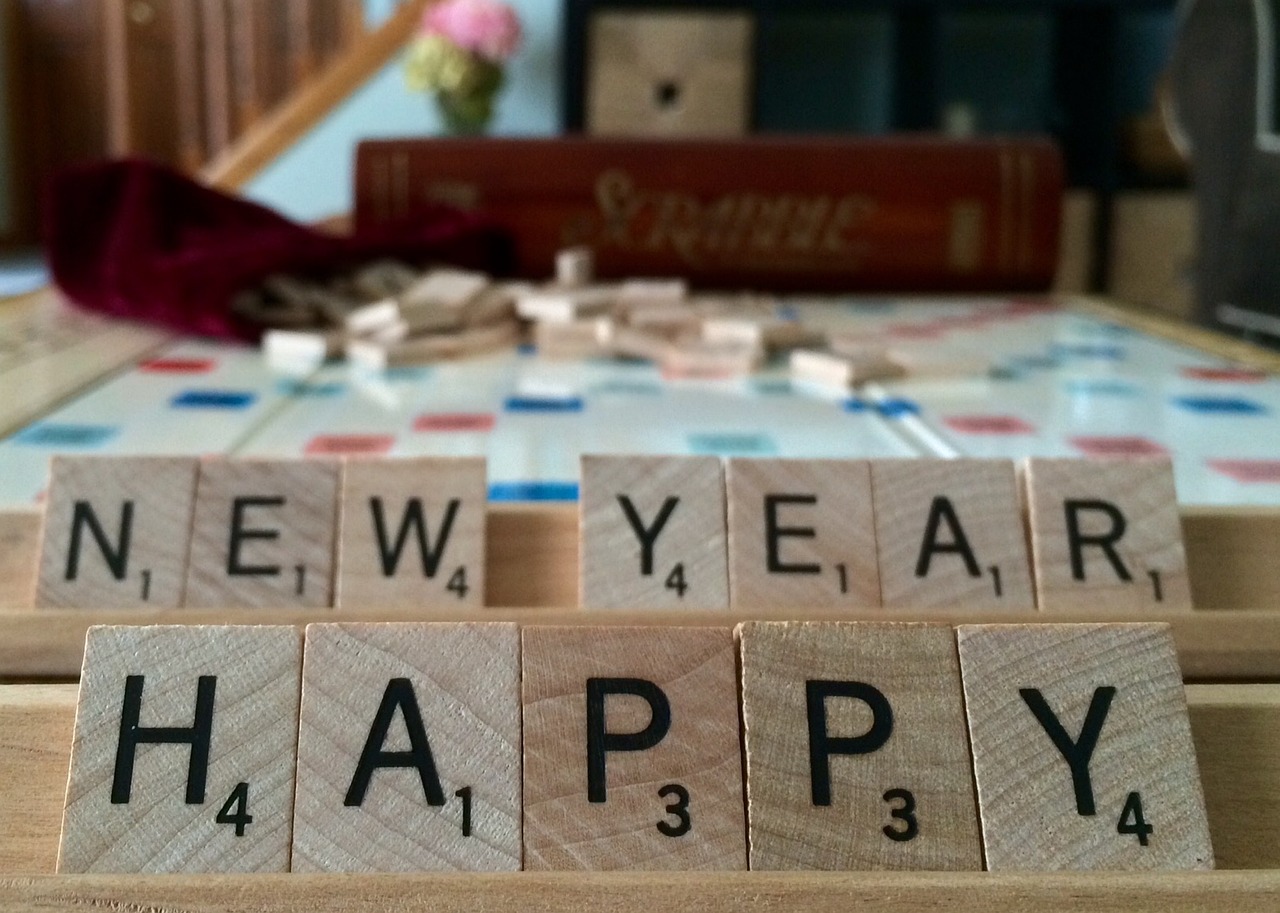
Traditional Practices and Customs
Walpurgisnacht in Germany is a night steeped in traditional practices and customs that have been passed down through generations, blending ancient pagan rituals with modern festivities. One of the most iconic customs observed during Walpurgisnacht is the lighting of bonfires. These bonfires symbolize the driving away of winter and evil spirits, welcoming the warmth and light of spring. People gather around the bonfires, dancing and singing, creating a sense of community and togetherness.
Another important custom during Walpurgisnacht is the performance of rituals to ward off evil spirits. These rituals often involve the use of herbs and incantations to protect against malevolent forces. Additionally, gathering herbs during this night is believed to bring luck and protection for the coming year. This practice highlights the deep connection between nature, folklore, and spirituality in German culture.
Furthermore, dancing plays a significant role in the traditional celebrations of Walpurgisnacht. People come together to dance around the bonfires, moving to the rhythm of music and embracing the joy and energy of the night. The act of dancing is not only a form of celebration but also a way to connect with the ancient roots of the festival, honoring the spirits of the past.
Moreover, the gathering of communities during Walpurgisnacht fosters a sense of unity and shared cultural heritage. It is a time when people come together to celebrate their traditions, strengthen their bonds, and pass down their customs to future generations. This communal spirit is a vital aspect of the festival, emphasizing the importance of preserving these practices for the continuity of German folklore and identity.

Regional Celebrations in Germany
Regional Celebrations in Germany showcase the diverse and vibrant traditions of Walpurgisnacht across different parts of the country. From the mystical Harz Mountains to the enchanting Baltic Sea, each region has its unique customs and folklore that add to the magic of the night.
In the Harz Mountains, the celebration of Walpurgisnacht is particularly grand, with locals and visitors alike gathering around massive bonfires to ward off evil spirits and welcome the arrival of spring. The night is filled with music, dancing, and the burning of witches in effigy, a symbolic ritual that dates back centuries.
On the Baltic Sea coast, communities come together for coastal processions and ceremonies that honor the sea and its significance in local folklore. Bonfires are lit on the beaches, and traditional songs are sung to invoke blessings for the fishing season ahead, blending ancient pagan beliefs with maritime traditions.
In the southern regions of Germany, such as Bavaria, Walpurgisnacht is celebrated with a mix of Christian and pagan customs. People dress up in costumes, reminiscent of Carnival celebrations, and participate in parades that wind through the picturesque towns, accompanied by music and merrymaking.
Across Germany, the regional celebrations of Walpurgisnacht serve as a reminder of the country's rich cultural heritage and the enduring appeal of ancient traditions in a modern world. The night brings communities together in a shared experience of magic, folklore, and the wonders of nature.
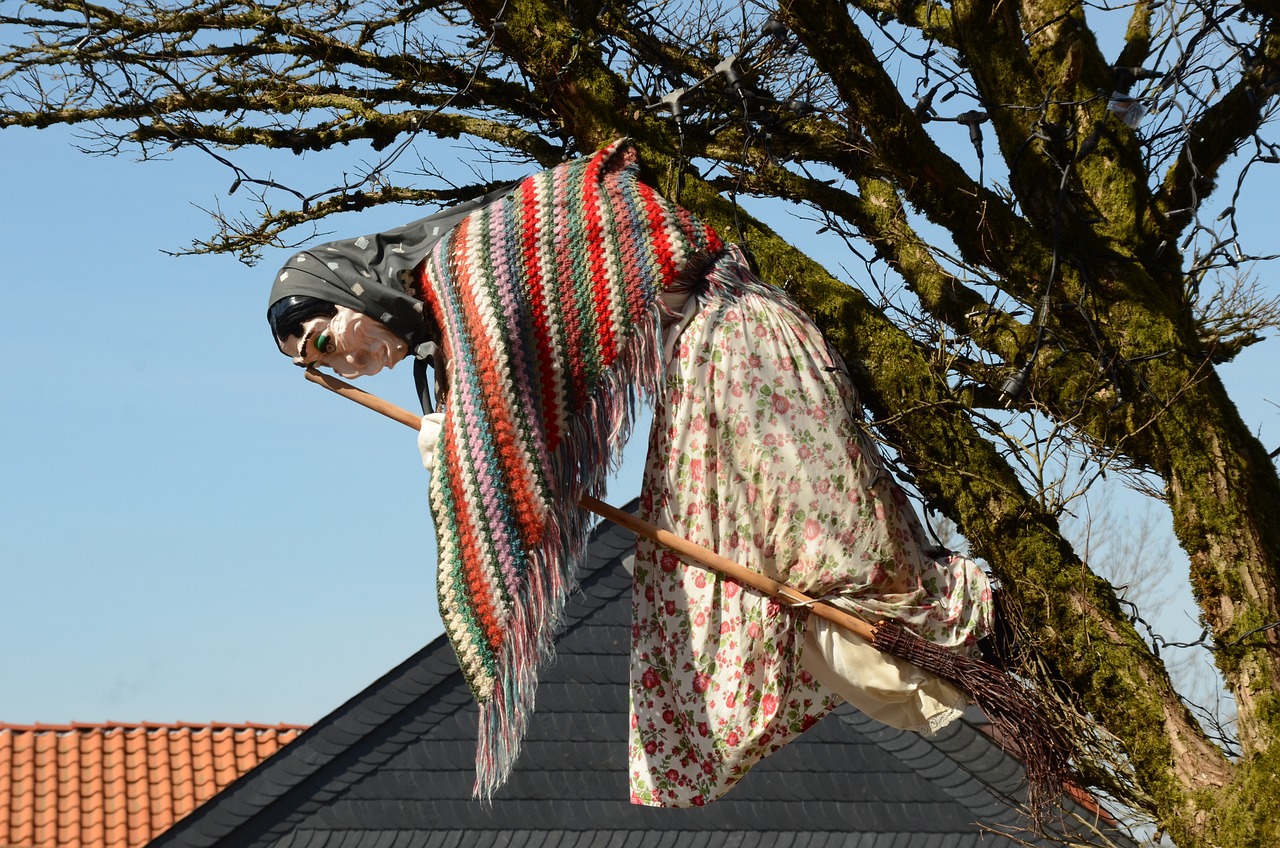
Modern Interpretations and Festivities
Modern Interpretations and Festivities surrounding Walpurgisnacht are a vibrant blend of ancient traditions and contemporary culture, creating a magical tapestry of celebration. In modern times, this mystical night is often marked by music festivals that echo with the beats of both old and new, drawing revelers into a whirlwind of enchantment. Costume parties transport participants into a realm where folklore meets fashion, as attendees don masks and attire inspired by the rich tapestry of Germanic legends. Theatrical performances add a dramatic flair to the festivities, bringing to life the stories and rituals that have been passed down through generations.
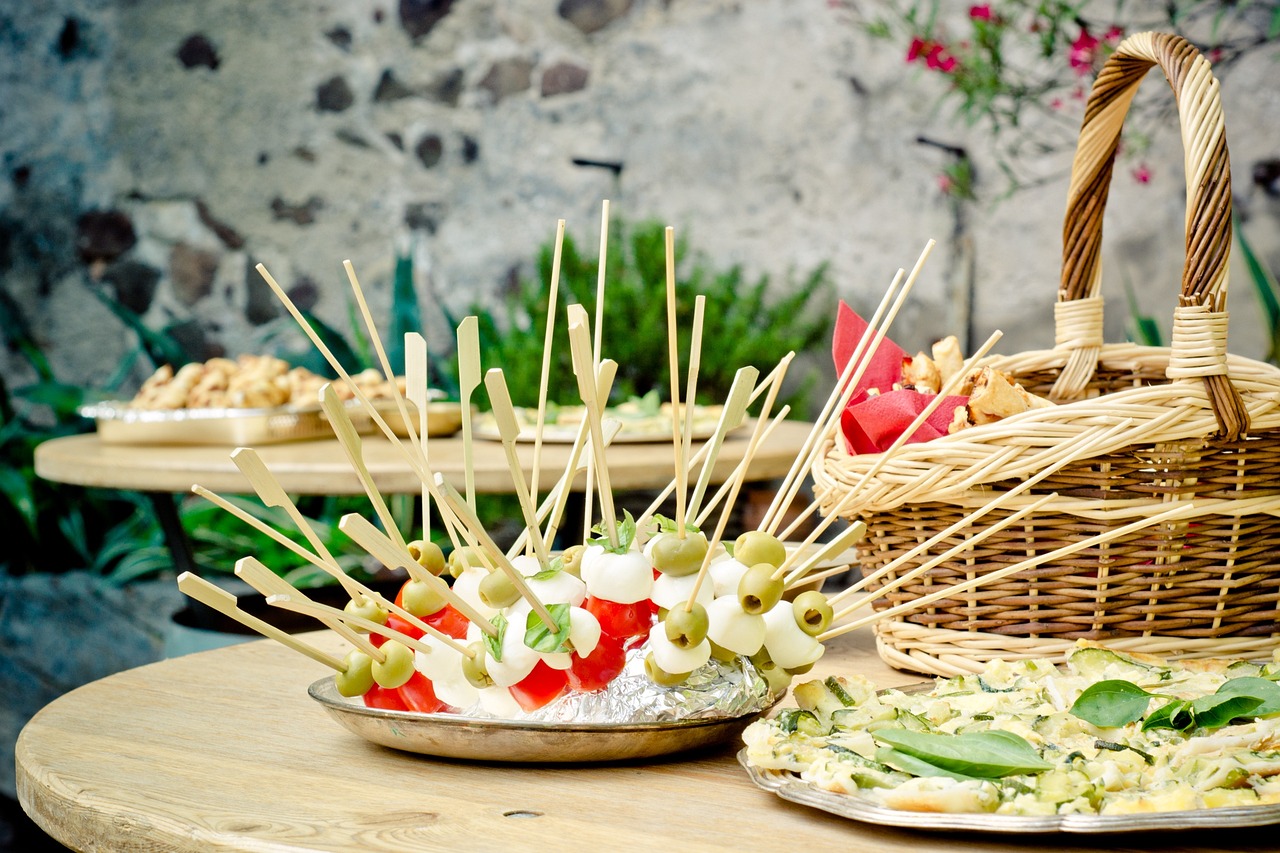
Walpurgisnacht in Popular Culture
When it comes to Walpurgisnacht, its presence in popular culture is undeniable. This mystical and enchanting celebration has captured the imagination of artists, writers, filmmakers, and musicians alike, inspiring a wide range of creative works that delve into its magical essence. From eerie depictions in literature to vibrant portrayals in music and film, Walpurgisnacht has left a lasting mark on popular culture.
Authors and poets have often drawn upon the mystique of Walpurgisnacht to create atmospheric and captivating narratives. In literature, this night of magic and tradition has been depicted as a time when the veil between the earthly realm and the supernatural is at its thinnest, allowing for encounters with otherworldly beings and mystical experiences. Writers have used Walpurgisnacht as a backdrop for tales of mystery, romance, and the occult, weaving a sense of intrigue and wonder into their storytelling.
Similarly, visual artists have been inspired by the imagery and symbolism associated with Walpurgisnacht. Paintings, illustrations, and artworks often feature elements such as bonfires, witches, and the blooming of spring flowers, capturing the essence of this ancient celebration in vivid detail. These artistic interpretations serve to evoke the sense of magic and mystery that surrounds Walpurgisnacht, inviting viewers to immerse themselves in its enchanting world.
Moreover, Walpurgisnacht has found its way into the realm of cinema and music, with filmmakers and musicians incorporating its themes and motifs into their work. In films, this night of magic has been portrayed as a time of transformation and revelation, where characters undergo profound changes and confront their deepest fears and desires. Musicians, on the other hand, have used the spirit of Walpurgisnacht to create haunting melodies and evocative lyrics that capture the essence of this mystical celebration.
Overall, Walpurgisnacht's presence in popular culture serves to keep its traditions and symbolism alive in the modern world, ensuring that its magic and mystery continue to enchant and inspire audiences across different artistic mediums.
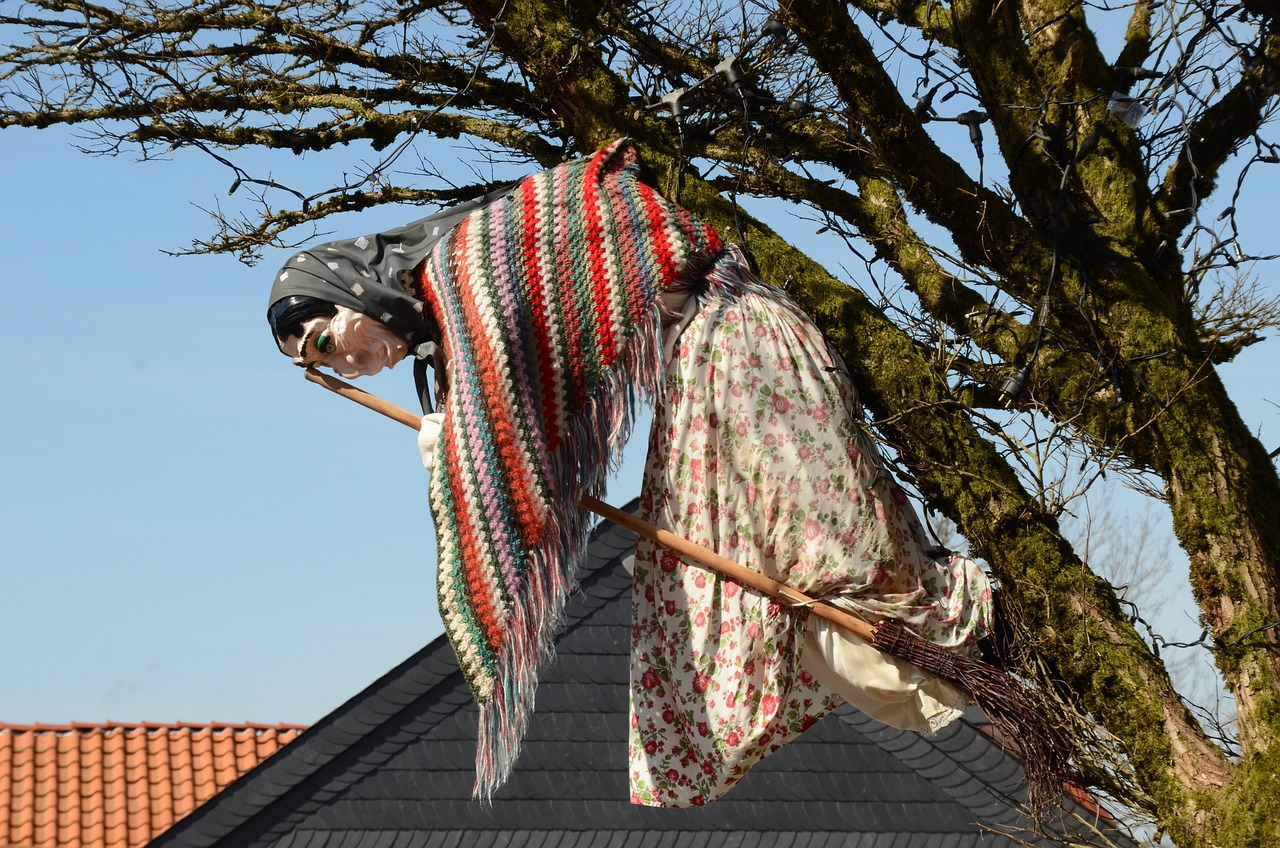
Significance and Symbolism of Walpurgisnacht
Walpurgisnacht holds a profound significance in German folklore and cultural heritage, symbolizing the transition from winter to spring and the renewal of life. This mystical night is deeply rooted in the symbolism of light overcoming darkness, mirroring the seasonal shift towards longer days and warmer weather. It embodies a sense of hope, growth, and rejuvenation, as nature awakens from its slumber and bursts forth with vitality.
The symbolism of Walpurgisnacht also extends to the spiritual realm, where it is believed to mark a time when the veil between the physical world and the supernatural is thin. This thinning of the veil allows for increased communication with spirits, ancestors, and otherworldly beings, making it a time of heightened mystical experiences and divine connections.
Furthermore, Walpurgisnacht represents a celebration of life and fertility, as the earth blooms with new life and vitality. It is a time to honor the cycle of growth and decay, acknowledging the interconnectedness of all living beings and the cyclical nature of existence. The symbolism of Walpurgisnacht reminds us of the eternal dance of creation and destruction, of death and rebirth, woven into the fabric of the universe.
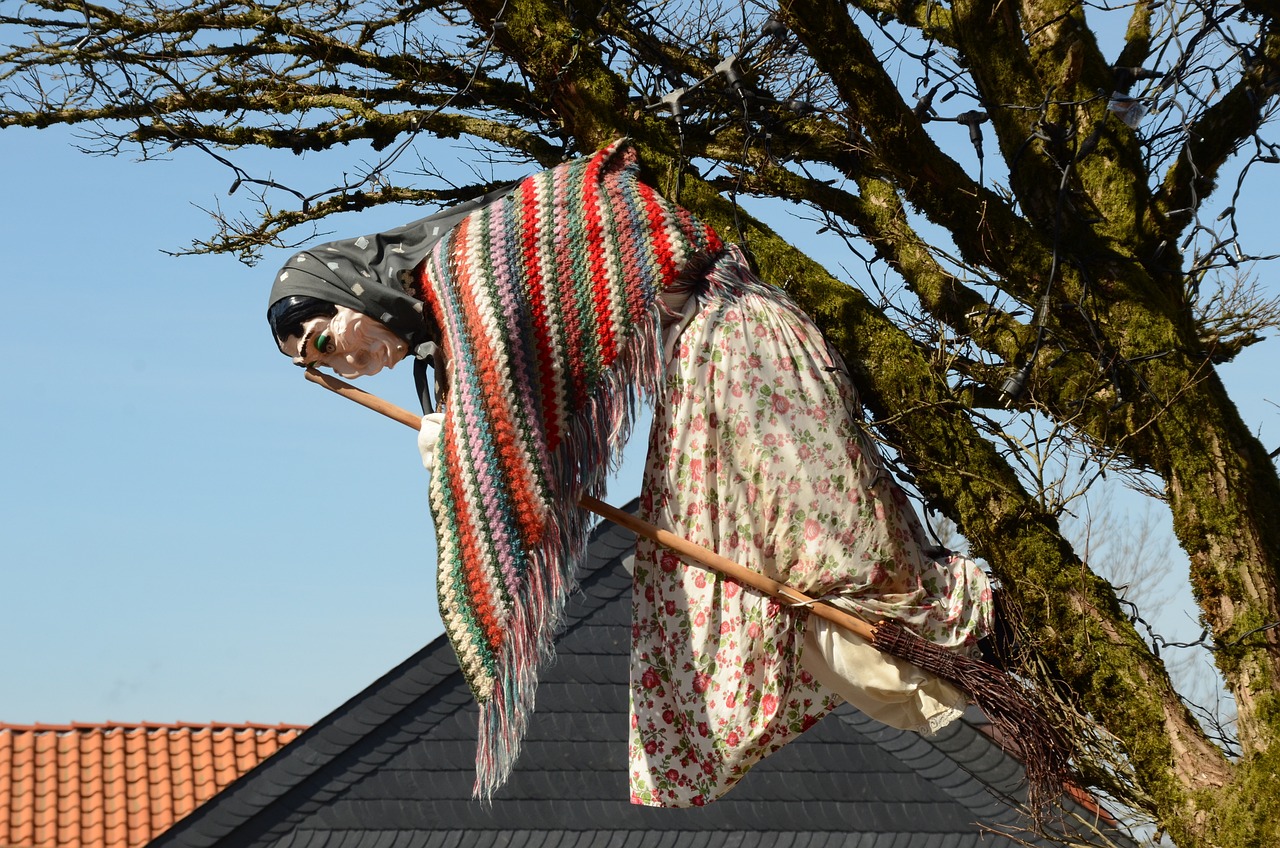
Contemporary Relevance and Revival
Contemporary Relevance and Revival of Walpurgisnacht in Germany is a testament to the enduring connection people have with their cultural heritage and the mystical traditions of the past. In a fast-paced modern world, where ancient customs often fade into obscurity, the revival of Walpurgisnacht serves as a beacon of cultural pride and unity. This celebration not only honors the rich tapestry of German folklore but also brings communities together in a shared experience of magic and tradition.
As the world evolves, the significance of preserving traditions like Walpurgisnacht becomes increasingly important. It offers a sense of continuity and belonging in a rapidly changing society, reminding people of their roots and the deep-seated connection to nature and the supernatural. The contemporary relevance of Walpurgisnacht lies in its ability to bridge the gap between the past and the present, allowing individuals to immerse themselves in a world where legends come to life and ancient rituals hold sway.
The revival of Walpurgisnacht is not just a nostalgic nod to the past; it is a vibrant celebration that breathes new life into age-old customs. Through music, dance, and art, modern interpretations of this mystical night infuse it with a sense of excitement and creativity that resonates with people of all ages. The spirit of Walpurgisnacht lives on through these contemporary festivities, ensuring that its magic continues to captivate and inspire generations to come.
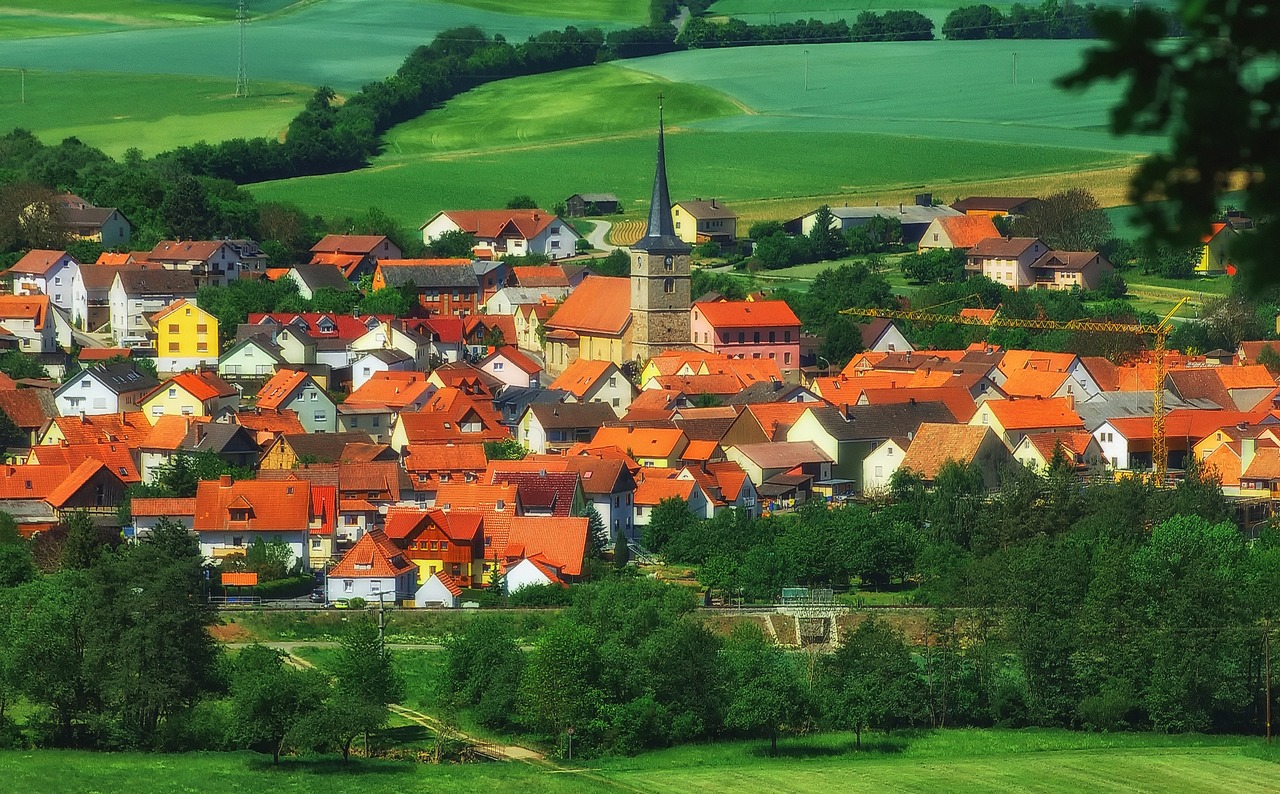
Preservation of Tradition and Community Spirit
Preserving the tradition of Walpurgisnacht is not just about upholding ancient customs; it is a way of fostering a strong sense of community spirit and cultural identity among the people of Germany. This annual celebration serves as a reminder of the deep-rooted connection between individuals, their heritage, and the mystical elements of folklore that have been passed down through generations.
By participating in the rituals and festivities of Walpurgisnacht, communities come together in a shared experience that transcends individual beliefs and backgrounds. The act of celebrating this night of magic and tradition strengthens the bonds between neighbors, friends, and even strangers, creating a sense of unity and belonging that is essential in today's fast-paced and often disconnected world.
Through the preservation of Walpurgisnacht, communities not only honor their past but also pave the way for a more vibrant and interconnected future. The shared commitment to keeping these age-old traditions alive instills a sense of pride and responsibility in individuals, encouraging them to actively participate in cultural events and pass on their knowledge to future generations.
Moreover, the preservation of Walpurgisnacht contributes to the overall well-being of communities by promoting a sense of togetherness and mutual support. As people come together to celebrate this night of magic, they forge lasting relationships, create lasting memories, and strengthen the fabric of society through shared experiences and traditions.
Frequently Asked Questions
- What is the significance of Walpurgisnacht in German culture?
Walpurgisnacht holds great significance in German culture as it symbolizes the transition from winter to spring, the victory of light over darkness, and the renewal of life. It is a time when ancient pagan traditions blend with Christian beliefs, creating a unique celebration filled with magic and folklore.
- What are some traditional practices observed during Walpurgisnacht?
During Walpurgisnacht, traditional practices include lighting bonfires, dancing around the flames, performing rituals to ward off evil spirits, and gathering herbs for protection and luck. These customs have been passed down through generations and continue to be a key part of the celebration.
- How is Walpurgisnacht celebrated in different regions of Germany?
Walpurgisnacht is celebrated in various ways across different regions of Germany, with each area having its unique customs, folklore, and festivities. From the Harz Mountains to the Baltic Sea, you can experience a diverse range of celebrations that showcase the rich cultural heritage of the country.
- What is the contemporary relevance of Walpurgisnacht in modern society?
In modern society, Walpurgisnacht holds contemporary relevance as a cultural celebration that connects people to their heritage, nature, and the mystical past. It serves as a way to preserve traditions, foster community spirit, and keep alive the magic and folklore of German culture.

